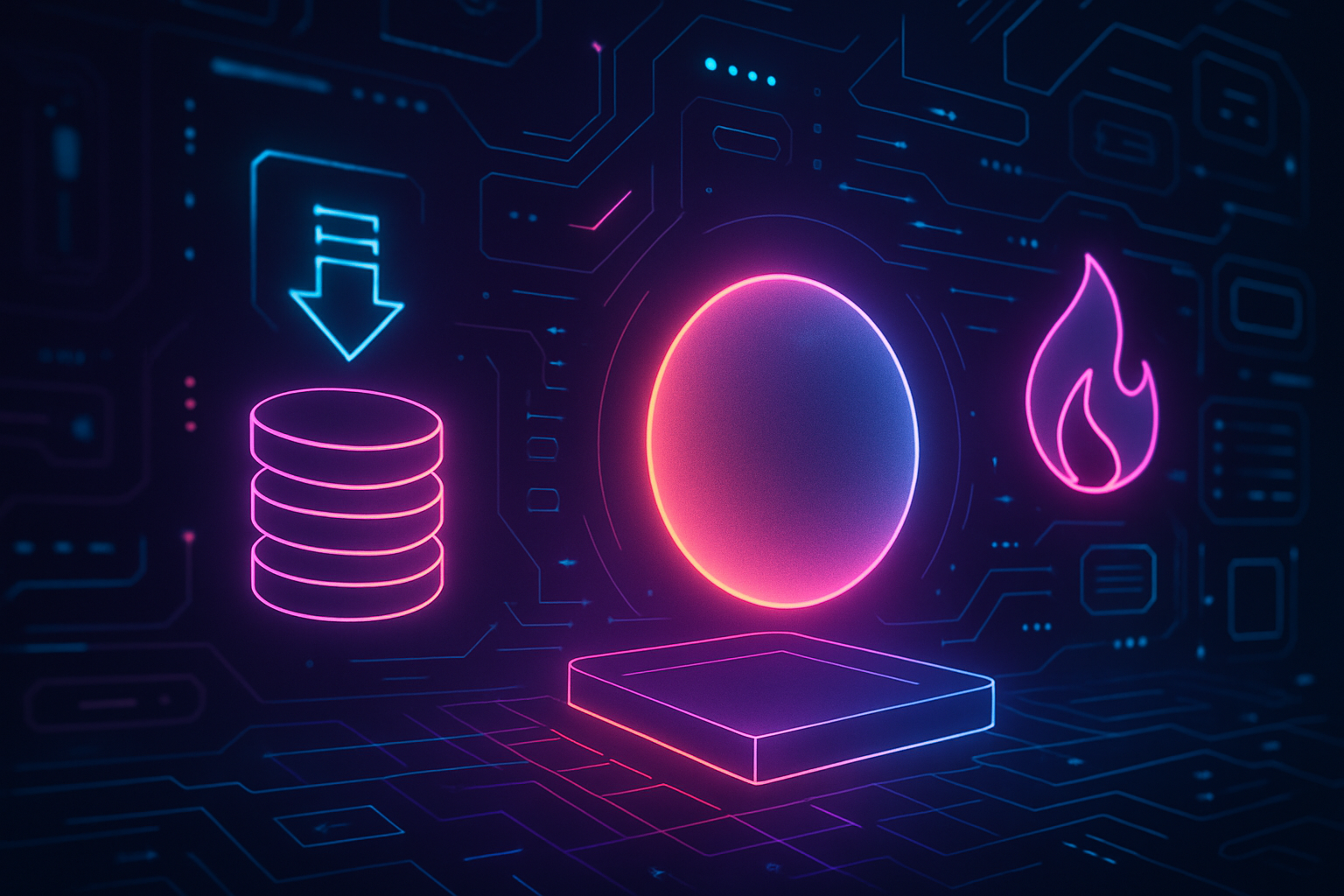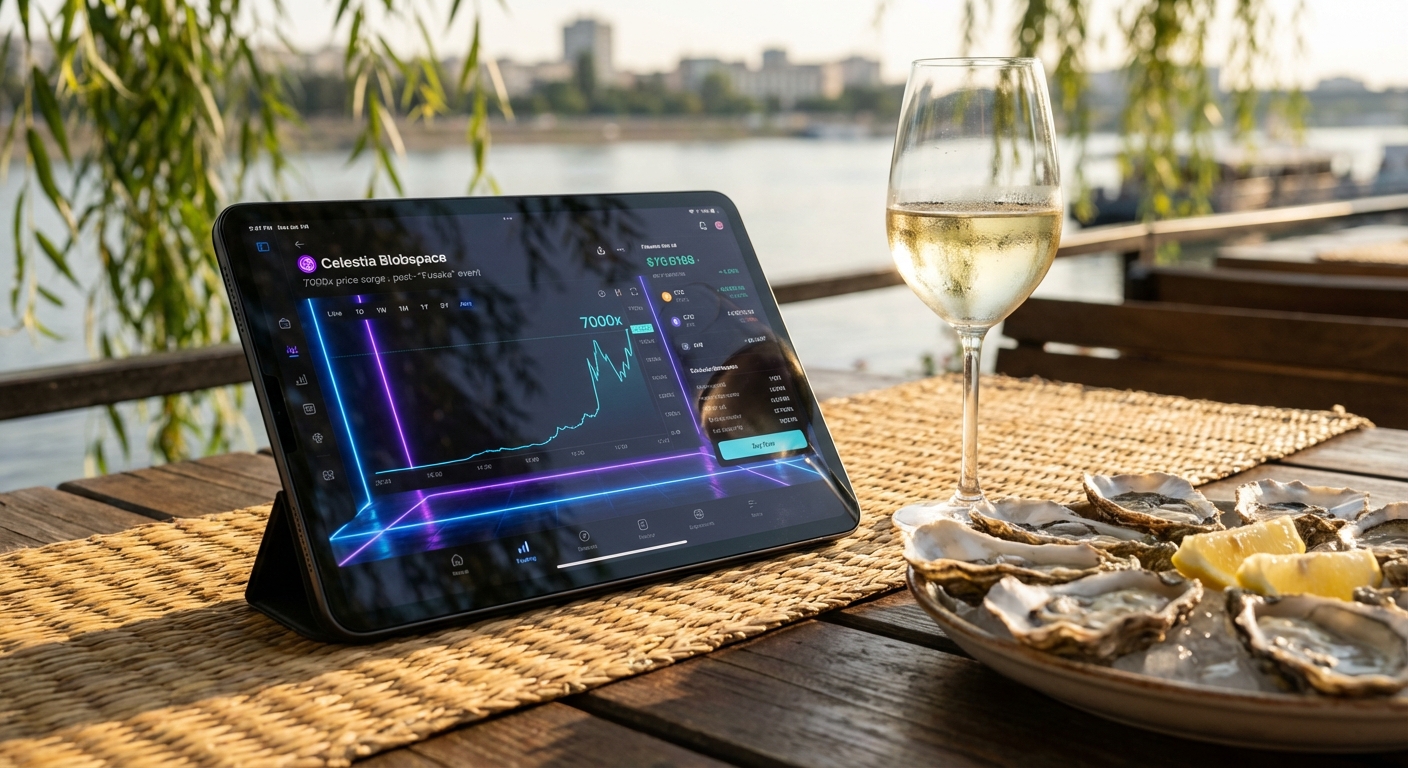Understanding the Impact of Buybacks and Burns on Blob Tokenomics

Buybacks and burns have become core levers in the evolving landscape of blob tokenomics, directly shaping the supply dynamics and perceived value of tokens on Celestia’s blobspace. At their essence, these mechanisms are about controlling market supply: buybacks involve projects repurchasing tokens from the open market, while burns permanently remove tokens by sending them to inaccessible addresses. The impact on price, scarcity, and market psychology is nuanced and data-driven, especially in emerging markets like Blobana pet (BLOB), currently trading at $0.000063.
[price_widget: Real-time BLOB price display with 24h change]
How Buybacks and Burns Influence Blobspace Market Supply
The principle is deceptively simple: reduce circulating supply and, assuming steady or rising demand, the remaining tokens become more valuable. This is classic supply-demand economics applied to crypto assets. For BLOB, with a recent 24h price range between $0.000062 and $0.000066, even small reductions in total supply can create measurable shifts in liquidity profiles and order book depth.
Mechanically, buybacks signal project confidence while burns introduce enforced scarcity. As noted by tokenomics-learning.com, this can generate upward pressure on value if demand remains constant or increases. However, as highlighted by defidrama.io, transparency is critical; opaque or erratic burn schedules risk undermining trust rather than instilling it.
Market Behavior: Scarcity, Volatility, and Investor Psychology
The interplay between buybacks/burns and blob token market behavior is rarely linear. When a project like BLOB initiates a buyback at or near its current price of $0.000063, it can trigger speculative activity, traders may anticipate reduced future float and bid up prices preemptively.
This can lead to short-term volatility as liquidity providers adjust spreads in response to shrinking available supply. Academic research cited by WisdomTree Prime suggests that while buyback-induced rallies can be sharp, they often revert unless underpinned by genuine demand growth or ongoing project fundamentals.
“Buyback-and-burn mechanisms are a powerful tool for creating token scarcity and driving value. However, their success depends on careful implementation. “ – OKX Research (from provided context)
BLOB Price Prediction Table: Modeling Post-Buyback Scenarios
Blob (BLOB) Price Prediction 2026-2031
Comprehensive BLOB price outlook based on current $0.000063 price and ongoing buyback/burn tokenomics.
| Year | Minimum Price | Average Price | Maximum Price | % Change (Avg, YoY) | Market Scenario Insights |
|---|---|---|---|---|---|
| 2026 | $0.000055 | $0.000071 | $0.000095 | +12.7% | Buybacks/burns drive modest recovery; volatility remains with overall crypto cycle. |
| 2027 | $0.000060 | $0.000085 | $0.000120 | +19.7% | Bullish scenario: wider adoption, improved sentiment; regulatory clarity boosts confidence. |
| 2028 | $0.000065 | $0.000102 | $0.000150 | +20.0% | Sustained utility growth; integration with DeFi/NFTs; buybacks stabilize price. |
| 2029 | $0.000060 | $0.000094 | $0.000140 | -7.8% | Potential bearish market cycle; competition increases, but burns limit downside. |
| 2030 | $0.000058 | $0.000110 | $0.000175 | +17.0% | Renewed bull market, technology upgrades; robust buyback/burns support upward trend. |
| 2031 | $0.000062 | $0.000130 | $0.000210 | +18.2% | Mainstream adoption, strong ecosystem; regulatory maturity; BLOB achieves relative price stability. |
Price Prediction Summary
Blob (BLOB) is positioned for gradual price growth through 2031, driven by regular buyback and burn activity reducing supply and boosting scarcity. While volatility and market cycles may cause fluctuations, a sustainable tokenomics strategy and increasing adoption could see BLOB reach an average price of $0.000130 by 2031, with bullish scenarios potentially exceeding $0.000200. However, risks from regulatory, competitive, and market factors remain.
Key Factors Affecting Blob Price
- Continuous buyback and burn programs reducing circulating supply.
- Market adoption and integration with DeFi, NFTs, or new use cases.
- Overall cryptocurrency market cycles and investor sentiment.
- Regulatory developments impacting token operations and listings.
- Competitive landscape with other deflationary or utility tokens.
- Project transparency, revenue sources, and sustainability of tokenomics.
- Technological upgrades and ecosystem partnerships supporting demand.
Disclaimer: Cryptocurrency price predictions are speculative and based on current market analysis.
Actual prices may vary significantly due to market volatility, regulatory changes, and other factors.
Always do your own research before making investment decisions.
Long-term value accrual from buybacks and burns depends not just on reducing supply but also on sustaining ecosystem engagement, without active users or developers building atop Celestia’s blobspace, the deflationary narrative alone will not maintain upward price momentum.







